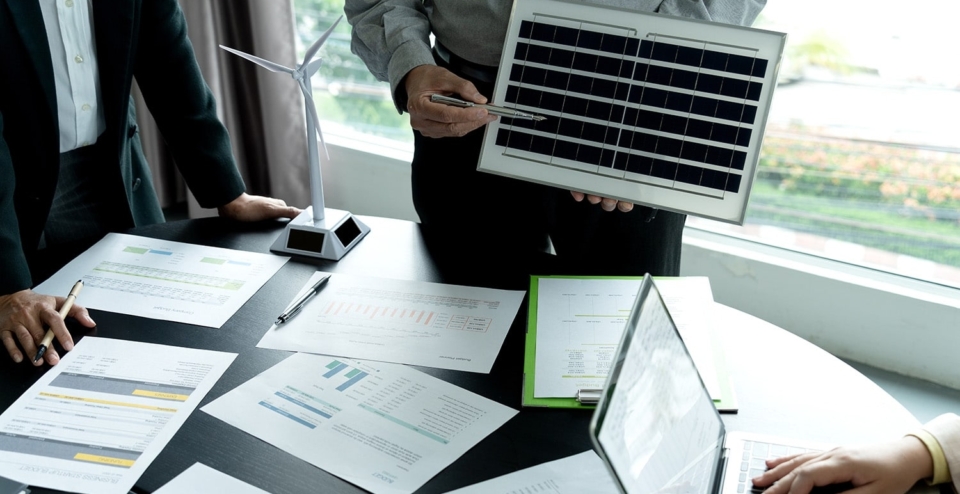
What problems in the energy market?
The energy market is in full transition, and it’s not happening without fits and starts. Demand for electricity is exploding and renewable sources such as solar and wind continue to depend on the weather. Meanwhile, a complex game of supply and demand is emerging. The result: uncertain prices, restrictions for consumers and major challenges for our future sustainability.
So many challenges
The energy market faces major challenges due to the growing demand for electricity and varying supply of green power, such as solar and wind power. This leads to grid congestion, overloading the electricity grid and making it difficult to connect new renewable projects. Both consumers and businesses are affected by this situation such as uncertain energy prices, feed-in restrictions and delays in sustainability plans.
More changes
The energy market is in a state of flux and faces significant challenges. The combination of an increasing demand for electricity and a rapidly changing supply is creating several problems for consumers and businesses. These changes are reinforced in part by the accelerating energy transition, the urgent need to reduce CO₂ emissions and growing environmental awareness worldwide. This calls for a large-scale switch to renewable energy sources and a shift to electrically powered sectors.
Uncertain supply
With the growth of solar and wind power, more and more green power is being generated. While this is essential to meet climate goals, it also brings complications. After all, sun and wind are not always available. On a sunny day or windy afternoon, a lot of energy can be generated. This is not the case on cloudy or windless days. This creates an erratic supply of electricity that is difficult to predict and difficult to match with the growing demand for green power. On the electricity system, there must be an absolute balance between supply and demand at all times. An excessive imbalance causes instability and, in the worst case, even a blackout.
Increasing demand
Electricity demand is rising rapidly due to the electrification of all kinds of sectors. Companies are striving to phase out fossil fuels. As a result, they are making their production processes electric and we are seeing more and more electric cars, heat pumps and e-boilers being put into use. This increasing demand is putting extra pressure on the electricity grid. During peak times, the grid becomes overloaded, a problem known as “grid congestion. The Dutch power grid has now reached its maximum capacity in several regions. This means that new, sustainable projects sometimes cannot be connected to the grid. There is then insufficient space to transport the generated energy. Indeed, the current peaks were not anticipated when the power grid was constructed a century ago.
Higher charges
For consumers, this situation has several disadvantages. First, there is uncertainty about energy prices. Due to the fluctuating availability of green power, prices can fluctuate widely. Especially at times when there is a shortage of electricity. In other words, when the grid is full, not all the power generated can be fed back. This can create financial disadvantages. As a result, grid operators have to invest in expanding and strengthening the power grid. The result is higher fixed costs.

Less access
For businesses, the challenges are even greater. They are encouraged, or sometimes even required, to make their processes more sustainable and switch to electric solutions. At the same time, grid congestion means that not all companies have access to the green power they need to make this switch. This inhibits their sustainability plans and can create financial uncertainties. And companies that want to generate their own green energy by installing solar panels? Who find that they sometimes have no guarantee of actually being able to use this energy or feed it back into the grid.
Read more about Energy Management System (EMS)
The energy market is in full transition, and it’s not happening without fits and starts. Demand for electricity is exploding and renewable sources such as solar and wind continue to depend on the weather. The result: uncertain prices, limitations for consumers and major challenges for our future sustainability. With an Energy Management System, you get the most out of your energy sources without losing comfort.